On 23 August 2022, I was hugely honoured to be invited to present findings from our Leverhulme Trust funded project at the “International Day for the Remembrance of the Slave Trade and its Abolition”, held at the Nelson Mandela Centre for African Culture on the island of Mauritius, in the Indian Ocean. The theme of this important day of remembrance on the island was ‘The Untold Story of Constance Couronne’.
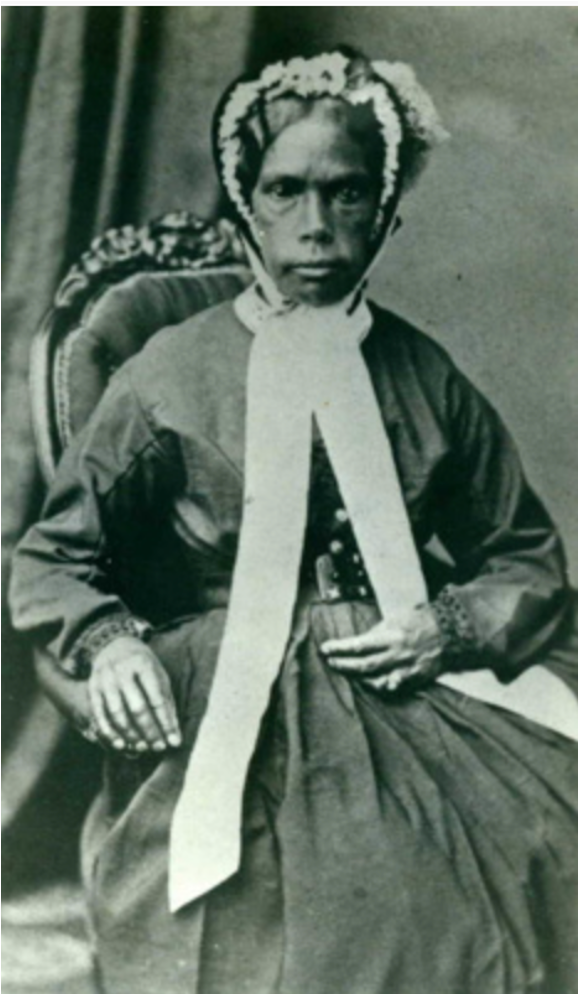
I first learned about Constance Couronne’s life in 1993, from my University of Edinburgh tutor, Dr Ian Duffield. Ian was a pioneer in the history of convict transportation from Britain and its Empire to the Australian penal colonies. In the years before the large-scale digitisation of record sets such as Old Bailey Online and the convict archives held by Libraries Tasmania, he trawled through paper records and microfiches to forensically piece together an incredible database of the penal transportation of men and women of African, Asian, and Creole (mixed heritage) descent. This included convicts on the very first shipments from Britain to New South Wales (known as the First Fleet), which arrived in 1788. His later work enveloped convicts convicted not just in Britain but in Britain’s Caribbean colonies, as well as St Helena, the Cape of Good Hope and Mauritius. It spanned the period up until the final abolition of penal transportation to New South Wales and Van Diemen’s Land (now Tasmania) in 1850 and 1853 respectively.
Ian passed to me a transcription of Constance’s convict record, for she had been sent to New South Wales as a convict in 1834. As my research on convict transportation in the Indian Ocean more broadly progressed, I became intrigued in the fact that whilst Mauritius was importing convicts from India to its own penal settlement during the period 1815-53 (for public works labour), it was simultaneously exporting convicts to the Australian penal colonies (and in the earlier period to Robben Island too). This was a story, I thought, that was about more than the supply of unfree workers; it was also about the use of penal transportation as a tool of colonial governance.
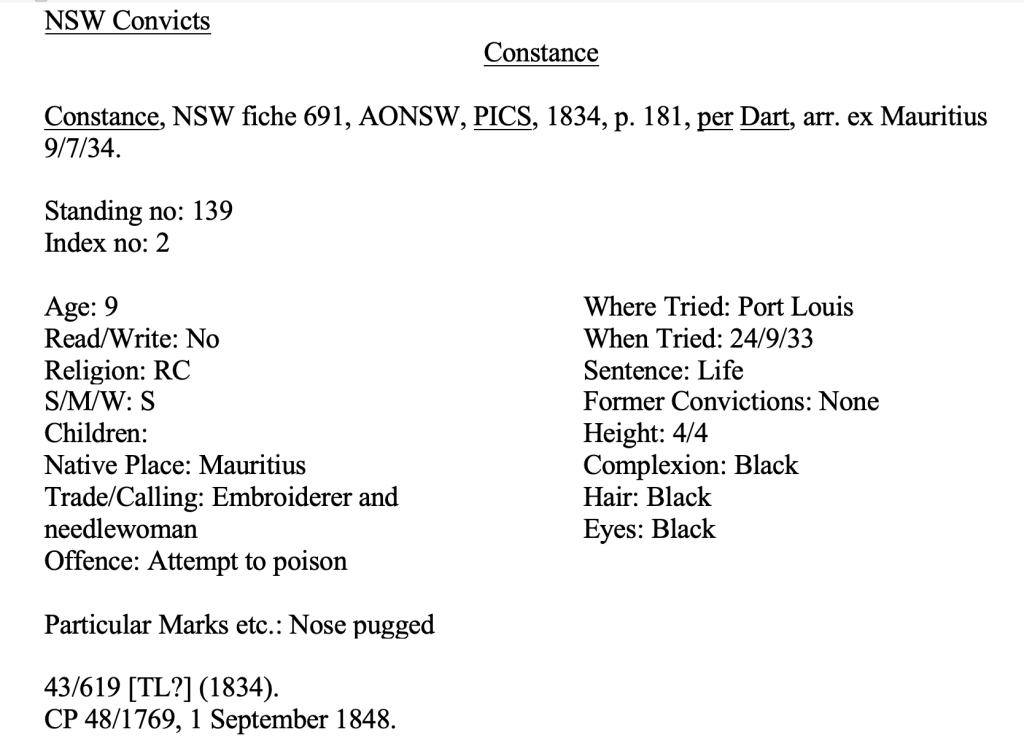
During the mid-1990s, for 12 months working in the National Archives of Mauritius (followed by another 6 months in 2004), I collected a large volume of archive material on the Mauritian convicts, more recently supplementing these with further materials held in The National Archives in London and various Australian collections. It is noteworthy that as this work has progressed in the last year or so to include Caribbean and other imperial convicts, I have found that the Mauritians were the largest single cohort of African, Asian and/ or Creole convicts sent from any British colony to New South Wales and Van Diemen’s Land in the 19th century.
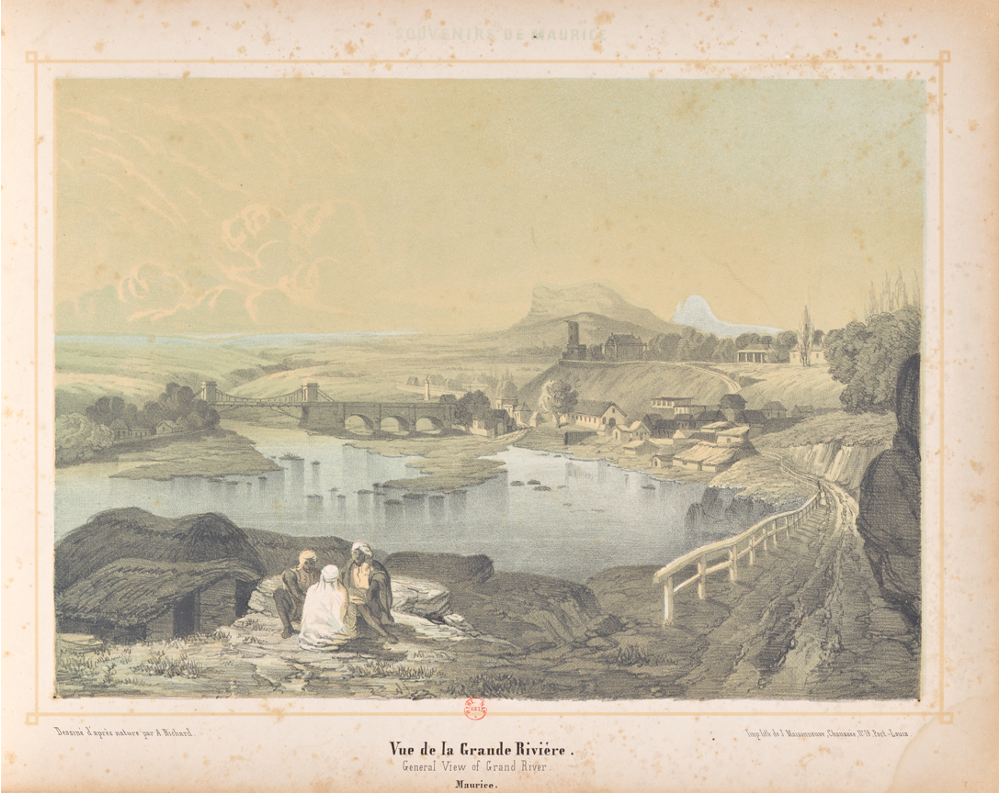
So, who was Constance Couronne? She was an enslaved child likely of African and Indian descent, born on 1 May 1824, the property of Mme Marie Julie Melanie Deville de la Sablonière. On 24 September 1833, she was convicted, alongside her (older) enslaved cousin Elizabeth Verloppe, of the attempted poisoning of Mme Morel, to whom they had been hired out as needlewomen. The court believed that the girls had put a white powder in their mistress’ tea and intended to kill her.
The original papers on the case are available in the Mauritius archives, alongside a couple of petitions from family members after the children were sent to New South Wales, and a letter about the case sent to the Colonial Office in London.
Shortly after the trial, the procureur-général (chief prosecutor) of Mauritius wrote to the secretary of state for the colonies, in London: “Constance the slave of Mr de la Sablonière and Elizabeth slave of Mrs Bussie were charged with attempting to poison their mistress, Madame Morel … They were mere children … and a case of more precocious depravity I have never heard, for it was long before I could bring myself to believe that they had deliberately attempted so horrible an offence – The evidence was however too clear and conclusive to admit of a doubt.”
Critically important to understanding this correspondence and the case more generally are the dates of the alleged offence (11 May 1832) and of the verdict (24 September 1833), and an appreciation of the almost year-long period during which the Mauritian authorities prevaricated on where to send the two girls before they were embarked for Sydney. In the interim, the Slavery Abolition Act was passed (28 August 1833). The poisoning (whether or not the girls were involved) took place during a period of intense debate about the abolition of slavery, and at a time when enslaved peoples were engaged in everyday and violent acts of resistance, if not outright war, with the goal of terminating their captivity. In August 1831, there was Nat Turner’s Rebellion in Virginia (USA) and stretching from Christmas 1831 to January 1832 the Baptist War of Jamaica. (An important side note is that some of the Jamaican enslaved rebels ended up as convicts in New South Wales too). Constance Couronne and Elizabeth Verloppe left for Mauritius just a few weeks before the Slavery Abolition Act came into force in Mauritius, on 1 August 1834.
With fears about slave unrest constant in the minds of slave owners, a harsh punishment was called for. The girls were found guilty and but for their age would have been sentenced to death. Instead, they received the lesser sentence of penal transportation for life. The Mauritian authorities initially planned to send the girls to Robben Island, or the Seychelles or Diego Garcia (the latter sites were dependencies of Mauritius). However, they ultimately decided on the destination of New South Wales. The children arrived on the Dart on 9 July 1834, as convicts, not slaves, for as was usual in such cases they were emancipated from slavery upon conviction and took on the legal status of convict. Arguably, Constance Couronne and Elizabeth Verloppe swapped one form of oppression and servitude for another.
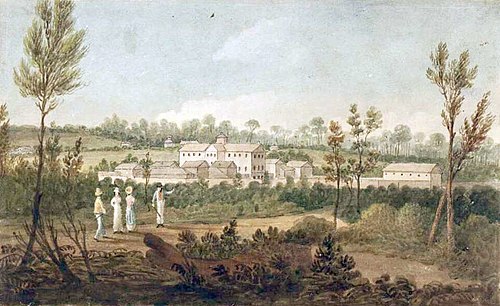
The cousins were first sent to the Parramatta Female Factory (in effect a prison for labouring convict women) and later assigned as servants to the First Police Magistrate Henry Wilson. Constance Couronne was granted a ticket-of-leave on 31 January 1835, and on 19 January 1841 was granted permission to marry stockman Robert Trudgett, also a convict. They married on 3 March, and six years later in 1847 Constance received her conditional pardon. The couple bought land at Gum Flat and had 11 children. Constance died on 18 November 1891 aged 67, leaving behind all her children (who unusually for this time survived into adulthood) and ultimately hundreds of descendants.
Since the 1980s, people descended from Constance in Australia have become aware of their shared genealogy, got in touch with each other, and even met for reunions. In recent years, many have become involved in a vibrant online presence, including through genealogical websites and on Facebook. One of these, Gloria Provest, was present at the event in Mauritius in August 2022.
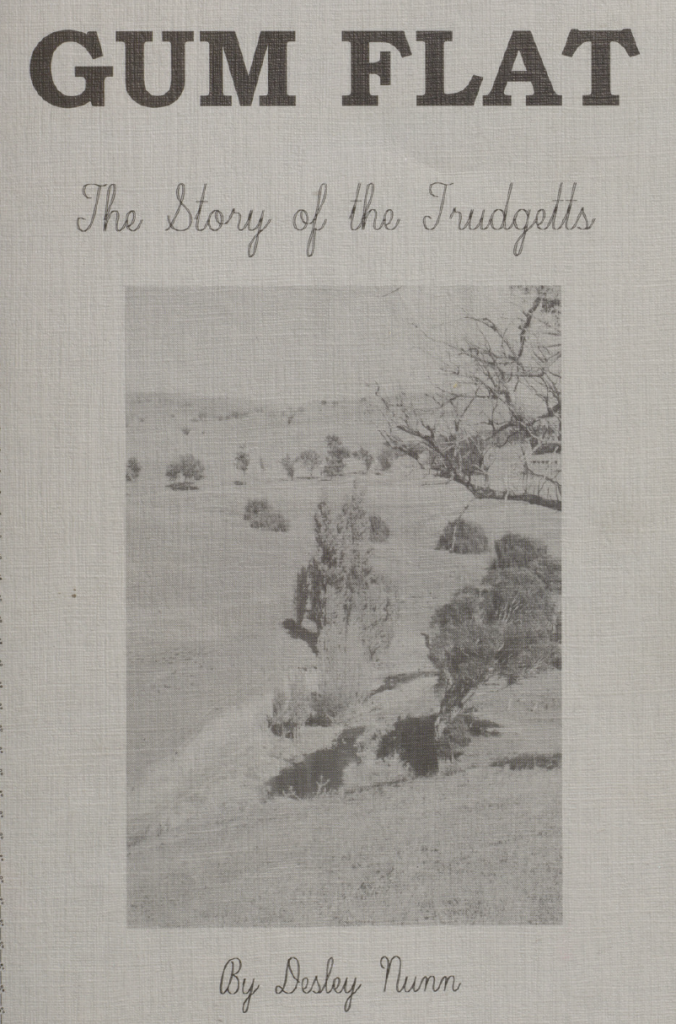
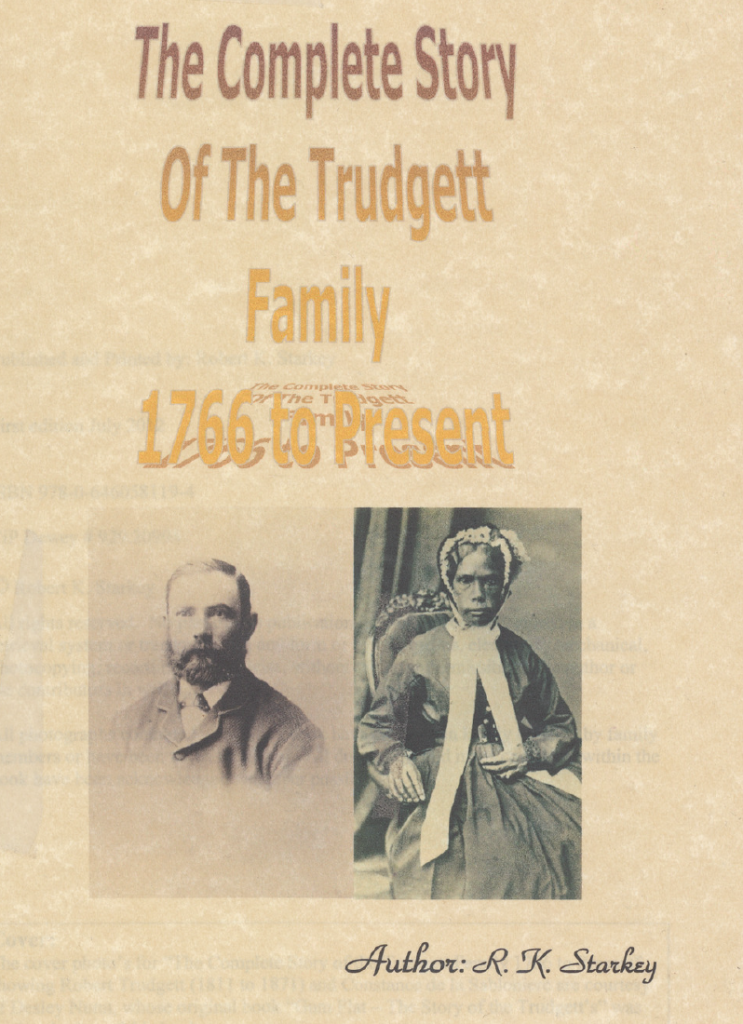
We have had the opportunity to meet and talk to some of these descendants, and they have told us fascinating stories of their family history. A photograph of Constance has emerged from family papers; the only known photograph of a formerly enslaved woman from Mauritius. This alone is a remarkable piece of historical evidence; but it becomes truly extraordinary when we consider how the lives and experiences of Constance’s descendants in Australia today have connected individuals to each other and the Australian continent to a tiny island thousands of miles westward across the Indian Ocean.
By Clare Anderson
Further viewing/ reading (open access)
- A YouTube recording of the “International Day” event can be found here
- WikiTree (genealogical site)
- An overview of penal transportation from Mauritius to Australia is here
- Edges of Empire Biographical Dictionary (search Constance Couronne/ Elizabeth Verloppe)